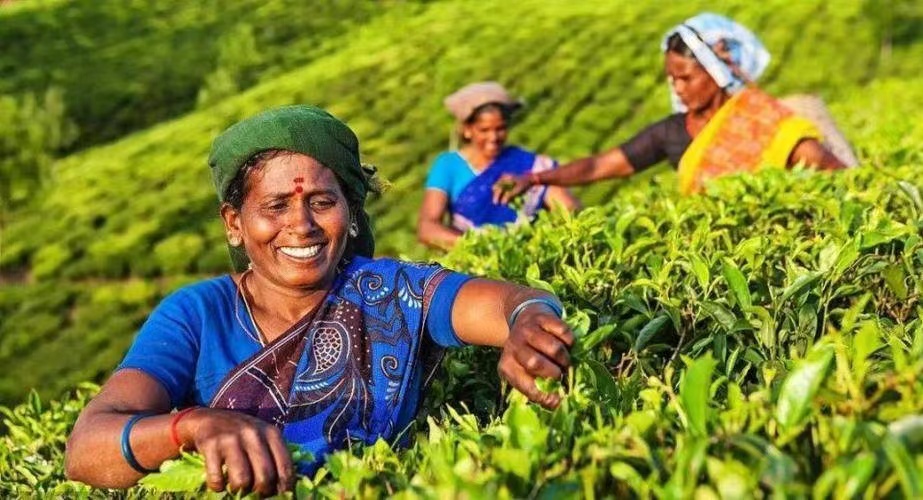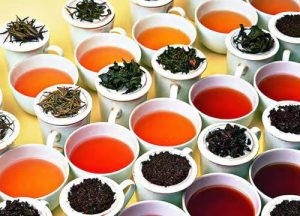Hangzhou Zhiqinghe Tea Tech Co.,Ltd.
Since 1992.
A Brief History of Indian Tea

During the 9-10th century, a few tea leaves and tea trees were introduced from Yunnan to Assam, an Indian border area.
In 1780, the British East India Company introduced Chinese tea seeds, and then planted tea trees in India.
Since 1834 AD, the British East India Company sent Gordon, Fortune and others to China to illegally obtain tea seeds, tea trees, technologies and talents,
and then brought them to India to start large-scale tea planting.
In 1835, the British East India Company experimented with tea planting in Assam.
In 1839, the first batch of tea (456 pounds of Assam tea) from the British East India Company’s Indian tea garden was shipped to
London for sale and was praised. In 1842, products from Assam were auctioned for the first time in the London market of England.
This batch of tea was produced in 1840, including 146 cases of black tea and 25 cases of green tea.
(The British planted tea in India, which was just a little bit of output at the beginning…)
In 1840, the first tea growing company in Britain was established: Assam Company.
In 1849, a tea garden was established in Gangra Valley, India.
In 1888, India exported more tea to Britain than China. In 1929, India exported about 300 million pounds of tea,
surpassing China at that time and becoming the world’s largest tea exporter.
India came into contact with Chinese tea no later than the 10th century. At that time,
tea seeds spread from Yunnan took root in Assam, and after 800 years of evolution, they were able to adapt
to the land and environment of Assam. But because it is located at the border, it has not spread in India.
India is a major producer of black tea in the world. From a small amount of exports in 1842 to 1888,
India’s tea exports to Britain reached 86 million pounds, surpassing China’s exports to Britain for the first time.
By 1899, Indian tea exports to Britain had reached 219 million pounds.
The mainstream way of drinking tea in India follows the habit of British tea: boiling black tea, adding sugar and milk.
Of course, a few people still spread the ancient tea drinking method spread from southwest China:
adding spices such as ginger and cardamom.


